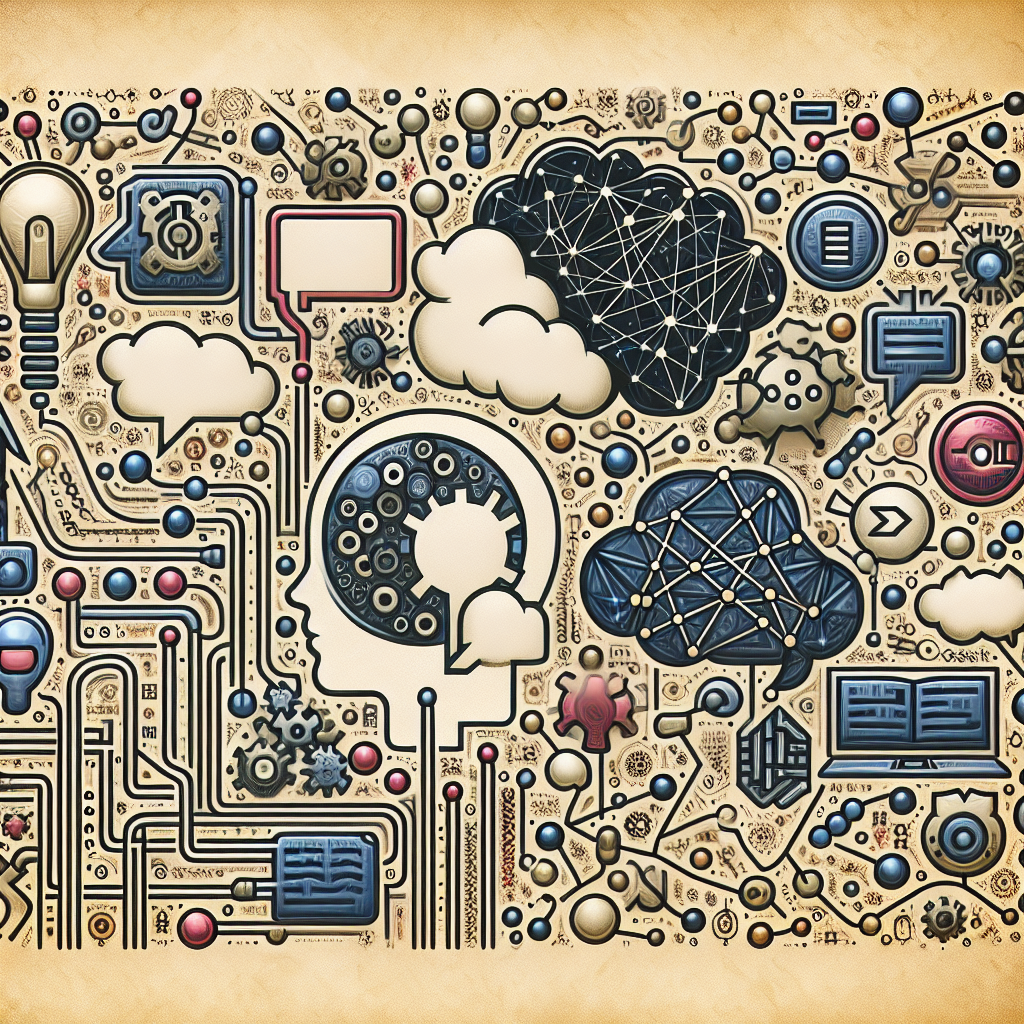Natural Language Processing (NLP) is a field of artificial intelligence that focuses on the interaction between computers and humans using natural language. It has gained significant popularity in recent years due to its applications in various industries, such as healthcare, finance, and customer service. However, there are several misconceptions about NLP that often lead to confusion among those who are not familiar with the field. In this article, we will debunk some of the common misconceptions about NLP and provide clarity on how it works.
Misconception 1: NLP is the same as machine learning
One of the most common misconceptions about NLP is that it is synonymous with machine learning. While machine learning is a crucial component of NLP, it is not the only technique used in the field. NLP also incorporates techniques from linguistics, cognitive psychology, and computer science to understand and generate human language.
Machine learning algorithms are used in NLP to process and analyze large amounts of text data, extract meaningful information, and make predictions based on patterns in the data. However, NLP also involves tasks such as language modeling, semantic analysis, and syntactic parsing, which require a deep understanding of linguistic structures and rules.
Misconception 2: NLP can fully understand human language
Another common misconception about NLP is that it can fully understand human language like a human being. While NLP has made significant advancements in recent years, it still has limitations in understanding the nuances and complexities of human language.
NLP systems are designed to process and analyze text data using predefined rules and patterns. While these systems can perform tasks such as sentiment analysis, text classification, and machine translation with high accuracy, they may struggle with tasks that require a deeper understanding of context, ambiguity, and cultural nuances.
For example, sarcasm, irony, and humor are challenging for NLP systems to detect accurately, as they rely on contextual cues and cultural references that may not be explicitly stated in the text. Therefore, while NLP systems can provide valuable insights and automate certain tasks, they are not capable of fully understanding the subtleties of human communication.
Misconception 3: NLP is only used for chatbots and virtual assistants
Many people associate NLP with chatbots and virtual assistants, such as Siri, Alexa, and Google Assistant. While these applications are popular examples of NLP in action, the field has a much broader range of applications across various industries.
NLP is used in healthcare to analyze medical records, extract information from clinical notes, and improve patient outcomes. In finance, NLP is used to analyze market trends, sentiment analysis, and automate customer service inquiries. In customer service, NLP is used to analyze customer feedback, sentiment analysis, and automate responses to common queries.
NLP is also used in content creation, search engines, spam detection, and text summarization. The versatility of NLP allows it to be applied to a wide range of tasks and industries, making it a valuable tool for businesses looking to streamline their operations and improve customer experiences.
Frequently Asked Questions (FAQs)
Q: Can NLP understand multiple languages?
A: Yes, NLP systems can be trained to understand and process multiple languages. Multilingual NLP models are trained on large datasets containing text data in different languages, allowing them to perform tasks such as machine translation, sentiment analysis, and text classification in multiple languages.
Q: How accurate are NLP systems in understanding human language?
A: The accuracy of NLP systems depends on various factors, such as the quality of the training data, the complexity of the task, and the specific algorithms used. While NLP systems have made significant advancements in recent years, they may still struggle with tasks that require a deep understanding of context, ambiguity, and cultural nuances.
Q: Can NLP systems be biased?
A: Yes, NLP systems can be biased if they are trained on biased or unrepresentative datasets. Biases in NLP systems can lead to inaccurate or unfair results, especially in sensitive tasks such as hiring decisions, loan approvals, and criminal justice. It is essential to address biases in NLP systems through rigorous testing, validation, and ethical considerations.
In conclusion, Natural Language Processing (NLP) is a complex and diverse field that encompasses a wide range of techniques and applications. While there are several misconceptions about NLP, understanding the fundamentals of the field can help clarify its capabilities and limitations. By debunking common misconceptions and providing clarity on how NLP works, we can appreciate the potential of this technology to transform the way we interact with computers and automate tasks in various industries.

